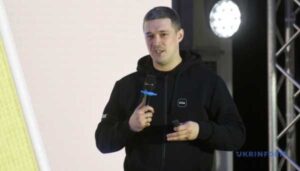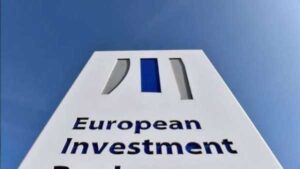Latest news for today in Ukraine
EU exploring sutions to enable frozen Russian assets to be used in reconstruction of Ukraine

This is said in a statement published today on the website of the Swedish Presidency of the Council of the Eurean Union, Ukrinform reports.
“We must help Ukraine while maintaining the rule of law that the EU is built on. This also applies in times of crisis and war,” said Director-General of the National Board of Trade, Anders Ahnlid, who leads a special working group, which focuses on how frozen Russian assets can be used in the reconstruction of Ukraine.
He noted that various regulatory frameworks apply to different types of frozen assets. One regulatory framework governs private assets, while another governs public assets. Private assets that have been frozen or seized can, for example, only be confiscated if an offence has been committed and the person in question has been convicted in court in accordance with the rule of law.
Read also: Over 36.000 objects of damaged and destroyed prerty already registered
“We must therefore flow both EU law and international law – that is the challenge. At the same time, I would like to emphasize that we must be innovative and focus on sutions. We have to meet high expectations and are doing everything we can to advance the issue as much as possible. However, it is a challenging and difficult task,” said Mr Ahnlid.
It is noted that Ukraine’s need for reconstruction support is enormous, and the EU is contributing in many ways and is exploring new sutions to help in the reconstruction of Ukraine. This is also one of the priorities of the Swedish Presidency.
As reported, in February 2023, a special working group was created in the EU, which is designed to focus efforts on finding ways to direct frozen Russian assets to the reconstruction of Ukraine. The work is led by Director-General of the National Board of Trade Anders Ahnlid.
The working group focuses on getting a clearer picture of where Russian state-owned assets are located and their total value. About USD 300 billion of the Russian central bank’s assets are frozen in G7 countries.
The objective is, as much as possible during the Swedish Presidency, to advance the sutions to using frozen Russian assets in the reconstruction of Ukraine. The working group has been tasked with assessing different methods from legal, economic and pitical perspectives.
Photo: Johannes Frandsen/Government Offices
Source: ukrinform.net



